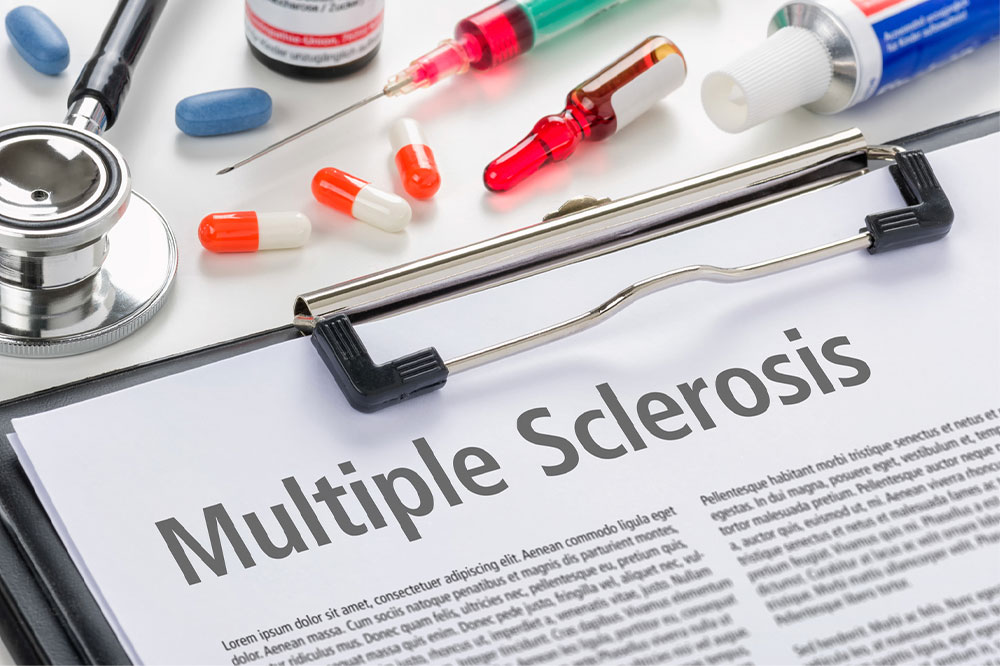8 common signs of leukemia

Leukemia is a type of cancer in which the body’s blood-forming tissues grow out of control. It has several subtypes, such as acute myeloid leukemia, lymphoblastic leukemia, and chronic lymphocytic leukemia. Like many cancers, leukemia is relatively treatable in its initial stages. Hence, individuals must diagnose it early. One way to detect this condition quickly is to look for its early signs and symptoms. Here are a few common signs of leukemia:
Fever
Leukemia tends to affect nearly every organ, including the immune system. When one’s immunity is compromised, it results in frequent bouts of fever and raised body temperature. Consequently, a person with this condition may experience night sweats on a daily basis. Sometimes, fever is a side effect of treatments used for managing leukemia.
Muscle and joint pain
Besides fever, individuals with early-stage leukemia may experience persistent pain in their muscles and joints. If the pain increases and leads to tenderness in the affected areas, it is a clear indicator of this cancer. Such symptoms tend to be felt more than seen. If untreated, the progressive pain can cause rapid organ damage. All these factors bring about noticeable muscle loss.
Fatigue
Since leukemia is directly associated with the blood cells, it causes circulation issues. As blood circulation gets disrupted, oxygen and nutrients do not reach every body part adequately and quickly. Since oxygen and nutrients are vital for sustaining life, people commonly feel fatigued when organs like the brain and lungs do not receive these elements. Individuals with leukemia tend to feel tired after doing the simplest tasks, such as climbing a flight of stairs, walking a few steps, or skipping.
Shortness of breath
Leukemia usually impairs the body’s capacity to produce red blood cells (RBCs). This, in addition to the circulation issues specified earlier, drastically reduces oxygen supply to the body’s cells. A shortage of oxygen eventually manifests as shallow breathing and, in general, shortness of breath. Shortness of breath worsens tiredness and fatigue. If an individual has frequent episodes of shallow and short breathing, they must visit their nearest general physician for a quick check-up.
Bruising and bleeding
Leukemia affects an individual’s platelet count, resulting in clotting issues. Consequently, individuals with early-stage leukemia suffer bruises more frequently than others. Inadequate blood clotting also implies the wounds do not heal quickly. In some cases, the bleeding does not stop after one sustains an injury. Bruising and bleeding are arguably the most precise indicators of early-stage leukemia. If someone experiences these signs, they should be checked to ascertain the underlying cause.
Frequent and recurring infections
Another common sign of leukemia is falling sick regularly because of recurring infections. This happens because one’s complete blood count drops (resulting in a further decline in white blood cells, platelets, and hemoglobin levels). Such blood cell abnormalities result in weakened immunity and, thereby, frequent instances of infections and diseases. This symptom is seen across a range of diseases. Therefore, an accurate diagnosis is critical to stopping the possible growth of leukemia.
Petechiae
Petechiae are tiny red spots under the skin caused by frequent internal bleeding. Internal bleeding directly results from leukemia and other health conditions associated with blood cell formation. The spots have a typical appearance, are painless when touched, and generally appear in the lower extremities. They will be found around the ankles as the blood and other body fluids settle downward due to gravity.
Pain and discomfort in the belly
Leukemia causes a person’s spleen to become enlarged, resulting in sharp pain in the upper-left side of the belly. This pain causes a general sense of discomfort in people living with early-stage leukemia. Other types of cancers may affect the digestive system, causing similar pain in the belly region, which should not be ignored.
Leukemia is a severe condition that can lead to complications and also increase the risk of other cancers. Hence, those who experience these signs should visit a healthcare provider without delay. The expert can diagnose the cause and suggest suitable interventions after examining the patient. The earlier the condition is diagnosed, the better it can be managed in the long run. With the right guidance, individuals with leukemia can achieve an improved quality of life.






